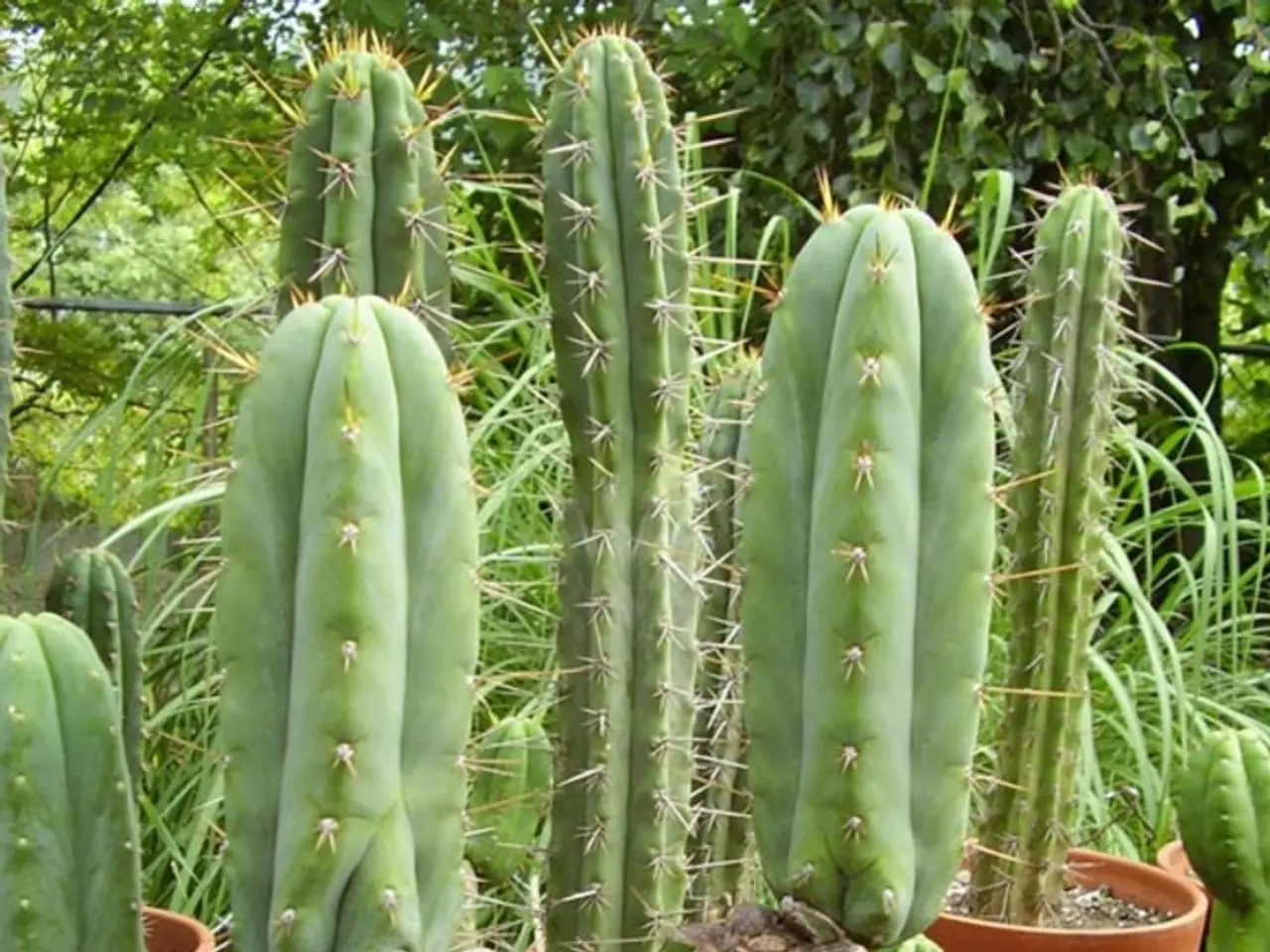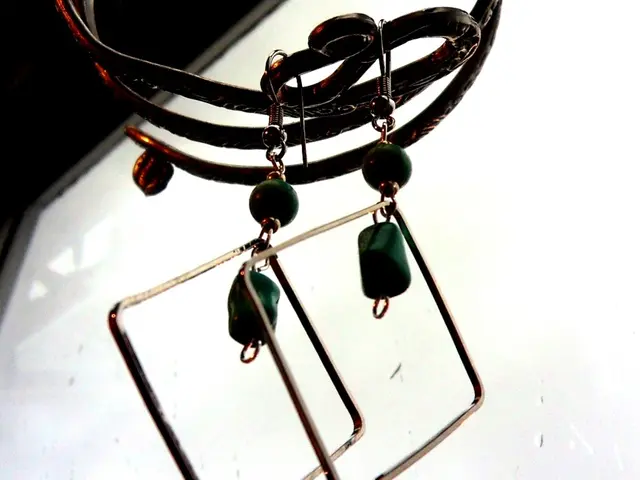Tips for Transplanting Plants Without Causing Harm
Repotting your houseplants is an essential part of their care, especially during their active growth period. The optimal time to repot houseplants is generally during spring or early summer, when the plants are actively growing. This helps them recover faster and adapt well to their new environment.
To determine if a houseplant needs repotting, look for the following clear signs:
- Roots growing out of drainage holes or circling tightly inside the pot
- Slow or no growth despite proper care
- Soil drying out faster than usual or becoming compacted
- Leaves curling, drooping, yellowing, or wilting
- Cracked or damaged pot
The frequency of repotting depends on the plant species and growth rate, but a common recommendation is every 1-3 years for many houseplants, with younger plants often needing repotting more frequently. Repotting sooner may be necessary if the roots become root-bound or the soil quality declines.
When choosing a new pot, it should be bigger to accommodate the plant's growth, but only slightly larger than the current one (about 1-2 sizes bigger) to avoid water retention and root rot. Repot when the soil is slightly moist, not overly wet or dry, to ease root removal and reduce stress on the plant.
Avoid repotting in winter or during dormancy, as plants recover poorly then. After repotting, many plants may go into a shock period, with some leaves wilting and some appearing extra thirsty. During this recovery time, put newly repotted plants in shadier and cooler areas.
Additional tips for optimal repotting include:
- Prune and cut out discolored parts of the soil and leaves during repotting
- Fill the new pot a third with new, nutrient-rich soil before placing the plant in it
- Water the plant well after repotting, allowing excess to drain
- Gently slide the plant with its soil into the new vessel, and shake it to encourage root acclimation
- When repotting, many plants can be divided to propagate, making it the ideal moment to plant new babies
Repotting plants allows them to maximize growth by providing room to breathe and grow faster. It also prevents diseases, makes way for nutrient boost, and ensures proper drainage and support with a better quality pot. Fresh, nutritious soil should be added when repotting plants.
Fruit-bearing plants that are not yielding any harvest may indicate the need for a bigger pot. After positioning the plant in its new container, water it well and thoroughly, allowing excess to drain. When watering the plant well after repotting is important to help the plant adjust to its new environment.
In summary, the best approach is to repot in spring or early summer when the plant is actively growing and to look for visible signs like root-bound conditions or slowed growth as triggers for repotting. Repotting your houseplants will help them thrive and remain healthy for years to come.
Read also:
- Water Chemistry Dosage Guidance from AskBRS: Understanding What, How Much, and When to Add!
- Nurturing Permafungi Cultivation: An Organic Handbook for Fungi Farming
- Building Solar Power Systems for New Residential Properties: Harnessing Tomorrow's Energy from the Earth's Core
- Emerging populace advocates for a public assembly, referred to as the People's Parliament.








